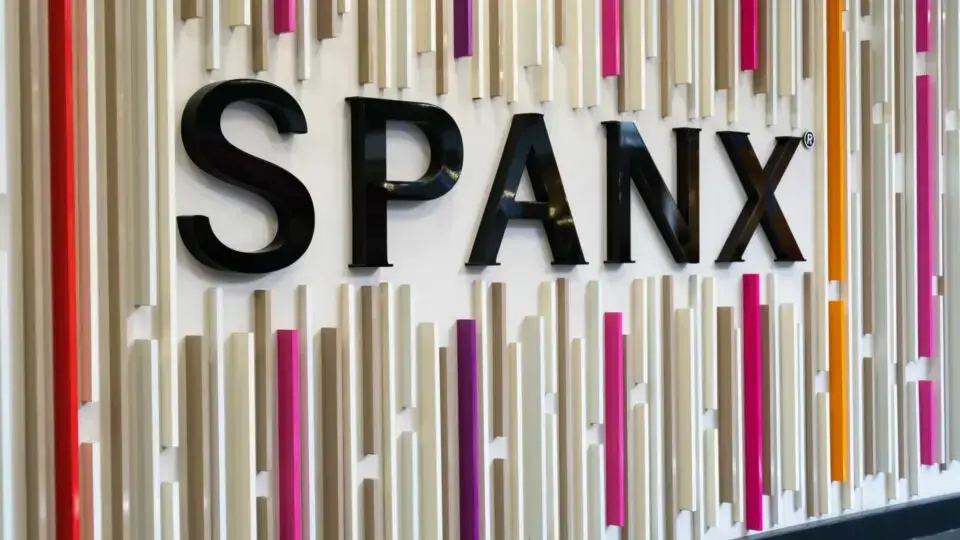Why Color Correction is Important
- Chris Kimling
- May 3
- 2 min read
Updated: Jul 11
Color correction is one of the most important steps in post-production, but it is also one of the most misunderstood and overlooked. That applies not only to people outside of the industry but also to many working within it.
For anyone unfamiliar, color correction is the process during editing where the image’s color, contrast, and brightness are adjusted. It is the stage where the footage really starts to come to life. To get the most out of a camera sensor, we often shoot in a LOG or RAW format. LOG footage is intentionally flat, with very little contrast or saturation. Out of camera, it looks dull and washed out, but it is designed that way so it can be properly graded in post.
What blows my mind is how many times I have handed off LOG footage to clients, only to see the final video with completely botched color correction. These are clients who specifically ask for LOG footage instead of a ready-to-go look straight out of camera. If you do not have a skilled colorist, or at least an editor who really understands how to work with LOG, it is often better to just shoot in a baked-in color profile.
For Sony cameras, S-Cinetone is a great option. It delivers a beautiful, natural look right out of the box. You do lose a bit of dynamic range compared to shooting in LOG, but in most cases, I do not think it is a big deal. What you gain in consistency and simplicity is often worth it.
When digital cameras first became mainstream, a washed-out, low-contrast look started popping up everywhere. Commercials, TV shows, and even some films all had that milky, desaturated style. Some say it was because editors did not understand color correction yet. Others claim it was just people trying to show off that they were using expensive digital cameras. Either way, the result was a lot of footage that looked dull and lifeless. Personally, I cannot stand that look.
When I worked full time as an editor around 2017 to 2018, I had to do a good amount of color correction. The truth is, I did not really know what I was doing back then. I look back on some of those projects and, while I am still proud of the editing, the color just is not where it should be.
The good news is, color correction is getting more accessible. DaVinci Resolve, for example, has tools that let you input your camera settings and automatically convert footage to REC 709, giving you a solid baseline to work from. It is still important to understand the fundamentals, but the software is making it easier to get consistent results.
If you want high-quality video, you cannot ignore color correction. But if you are not confident in your or your team’s ability to handle it, there is nothing wrong with using a baked-in look that is ready out of camera. And if you ever need help with color correction, feel free to reach out. I am always happy to help.




Comments